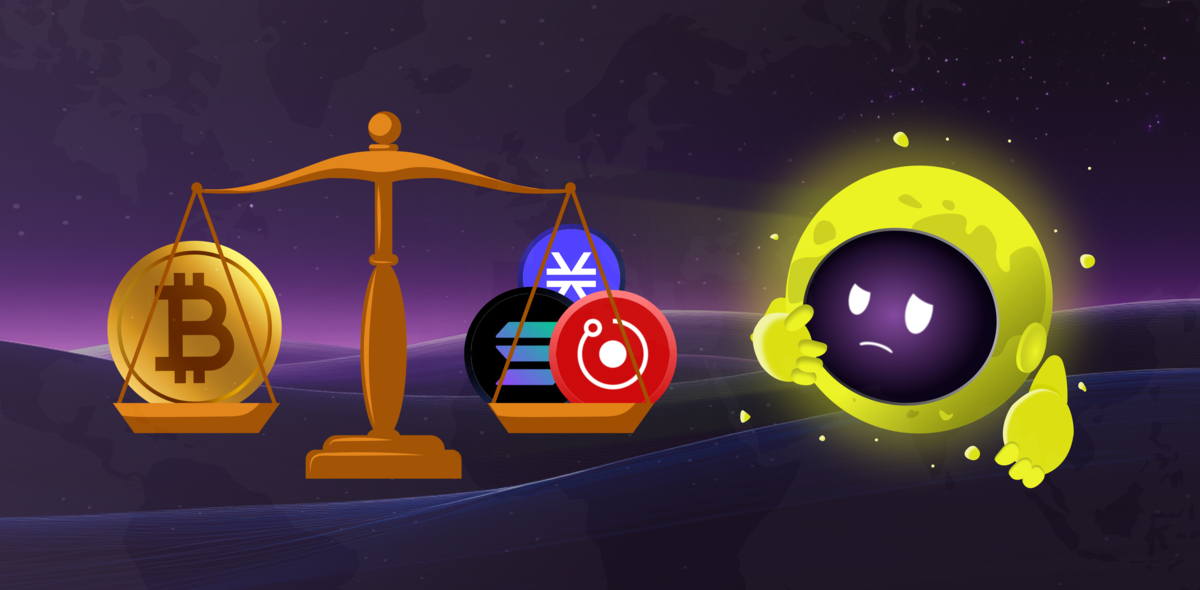
Terra Luna Classic (LUNC) has faced many challenges after the notorious incident with its predecessor, Terra Luna (LUNA). However, the project team is actively working on reviving the token, particularly through an ambitious token burn program. This has made many wonder if LUNC can return to its former value. In this article, we’ll explore how the burn program could impact LUNC, the project’s regulatory journey, and the future of the token’s price.
LUNC’s increased supply and the burn program
The biggest challenge of Terra Luna Classic is its massive circulating supply. When the Terra ecosystem collapsed in May 2022, the LUNA token, once tied to the TerraUSD (UST) stablecoin, experienced severe hyperinflation. The aftermath left millions of tokens flooding the market. But their price was super low.
The Terra Luna Classic community launched a LUNC burn program to fix it. Its goal is to burn LUNC tokens, making the remaining coins more scarce and potentially boosting the price. Several measures were implemented to increase the coin value, including burning a part of transaction fees from the LUNC blockchain, as well as tokens from many community-driven initiatives. Additionally, the community is promoting the use of LUNC in decentralized finance (DeFi) and staking as it can help to increase token demand.
The LUNA classic burn rate has been growing in recent months. If this trend continues, LUNC’s supply could steadily be reduced, causing the price to go up. However, the eventual success of the burn will depend on its effectiveness in maintaining a sustainable burn rate while also driving demand. Without both, the burn might not be enough to make the token's price grow.
Regulatory compliance and recent developments
Nowadays cryptocurrencies must comply with increasingly complex regulations and regulatory requirements to be trusted and thrive, and Terra Luna Classic (LUNC) isn’t an exception. While the community strongly supported the project's burn program, LUNC must fit into the regulatory frameworks in different jurisdictions. For Terra Luna Classic, this could be the crucial step to regain investors' trust and improve its long-term prospects. The team is also focused on increasing transparency and improving governance, which could make it more attractive to institutional investors.
But there’s still a challenge ahead. Terra Luna Classic needs to prove its ability to handle the regulatory hurdles that may come as global rules tighten. If it successfully adapts, making the token appealing to different types of investors again, it could boost the chances of a Luna Classic recovery.
Price analysis and forecasts for LUNC
In analyzing the potential of the Luna Classic recovery, it’s important to consider technical and fundamental factors. From a technical perspective, LUNC’s price has been very volatile, depending on news about the burn program and other updates. Although it has shown some recovery since the Terra crash, it remains well below its peak value.
Forecasts for LUNC's price are mixed. Some analysts believe the token could bounce back if the burn rate picks up and more people start using the token. Others are more cautious, pointing out that the large supply of LUNC tokens and ongoing challenges in the crypto market might prevent the price from spiking.
In the short term, the success of the LUNC burn rate will likely have a noticeable effect on the LUNC token price trajectory. If the community can keep up with the burning and increase demand by finding new uses for the token, LUNC value has a positive chance to grow. At the same time, any setbacks in the burn initiative or delays in improving demand could lead to further price stagnation.
Conclusion
So, will the Luna Classic recover? The large Luna Classic burn program will potentially reduce the token supply and can support its price. But to be successful, the burn program has to be happening consistently. The project’s ability to stay compliant with regulations and navigate legal challenges will also affect its recovery.
While the Terra Luna Classic burn efforts look promising, the path to recovery won’t be easy. It’s too early to tell if the burn rate will be enough to restore investors' confidence in the project and boost the price to grow. Continued effort and commitment from everyone involved are certainly required to make it happen.




